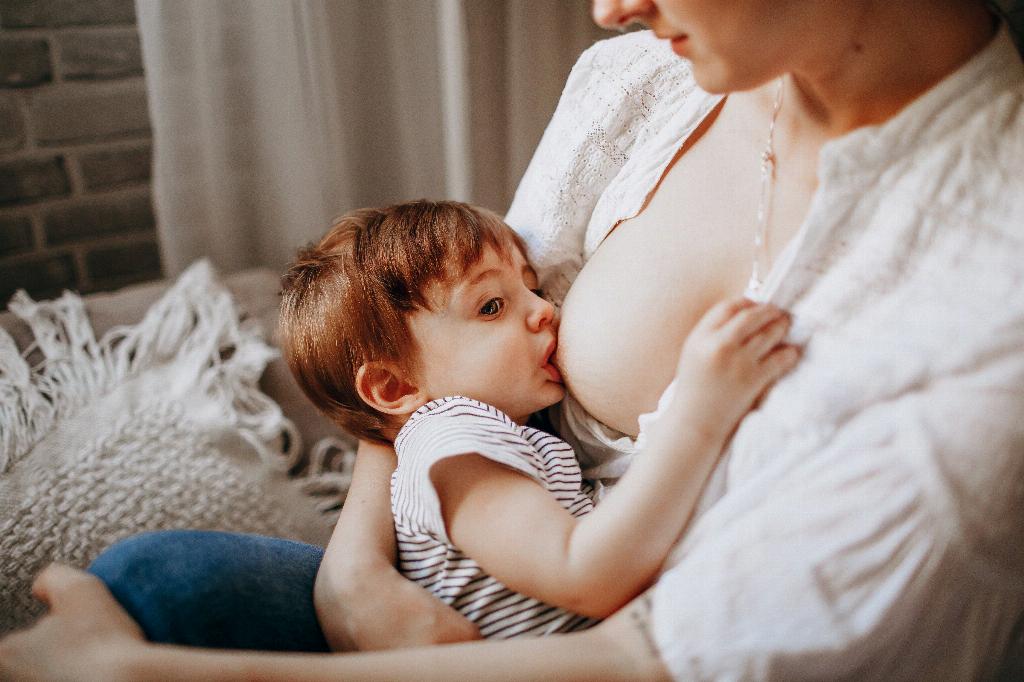Feeling cramping while breastfeeding is a common concern many new mothers experience. The intensity of cramps can vary among individuals, with some experiencing more discomfort than others. It’s essential to understand that this is a natural process as your body goes through significant changes postpartum.
Initial Weeks Postpartum
During the initial weeks after giving birth, breastfeeding can lead to intense cramping. This is primarily due to the uterus contracting to its pre-pregnancy size. These contractions, also known as afterpains, help your uterus return to its normal state and may cause discomfort similar to menstrual cramps.
Managing Cramps
While cramping during breastfeeding is normal, there are ways to help manage the discomfort. Ensuring proper hydration, maintaining a healthy diet, and practicing relaxation techniques can all contribute to easing cramps. Additionally, using heat packs or taking pain relief medication as advised by your healthcare provider can be beneficial.
Duration of Cramping
For most women, the intensity of cramping while breastfeeding tends to decrease gradually over time. Typically, these cramps subside within the first few weeks postpartum as your uterus continues to shrink and heal. However, individual experiences may vary, and some women may experience cramping for a longer duration.
Signs of Concern
Although cramping is a common occurrence during breastfeeding, it’s essential to be aware of any signs that may indicate a more serious issue. If cramps become increasingly severe, are accompanied by heavy bleeding, or are persistent beyond the expected timeframe, it’s crucial to consult your healthcare provider for further evaluation.
Impact of Breastfeeding
Despite the discomfort that cramping may bring, breastfeeding offers numerous benefits for both mother and baby. Breastfeeding can promote bonding, provide essential nutrients for your child’s development, and support the mother’s recovery postpartum. Understanding the positive impact of breastfeeding can help mothers navigate through the challenges more effectively.
Returning to Normalcy
As your body adjusts to the postpartum changes and breastfeeding routine, you may notice a gradual reduction in cramping. Listening to your body’s signals, maintaining a healthy lifestyle, and seeking support from your healthcare provider or lactation consultant can aid in the transition back to feeling more comfortable while breastfeeding.
Self-Care Practices
Engaging in self-care practices such as gentle exercises, adequate rest, and connecting with other mothers can greatly improve your overall well-being during the postpartum period. It’s important to prioritize self-care and seek help when needed to ensure a smooth recovery process.
Emotional Well-Being
While physical discomfort like cramping is common during breastfeeding, addressing your emotional well-being is equally important. Taking time for yourself, expressing your feelings, and seeking emotional support from loved ones can help alleviate stress and promote a positive mindset as you navigate through the challenges of motherhood.
Individual Experiences
Every woman’s experience with breastfeeding and cramping is unique. Some may find the discomfort minimal and short-lived, while others may require additional support and management strategies. Acknowledging and respecting your individual journey can help you feel empowered and confident in your ability to overcome any challenges that may arise.
Continuing Support
Remember that you are not alone in your breastfeeding journey. Seeking guidance from healthcare professionals, joining support groups, and connecting with fellow mothers can provide you with the necessary support and resources to navigate through the joys and challenges of breastfeeding. Your well-being and the well-being of your child are paramount, and seeking support is a valuable step in your parenting experience.

